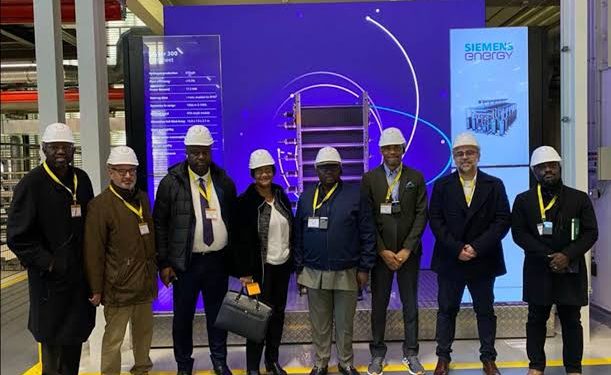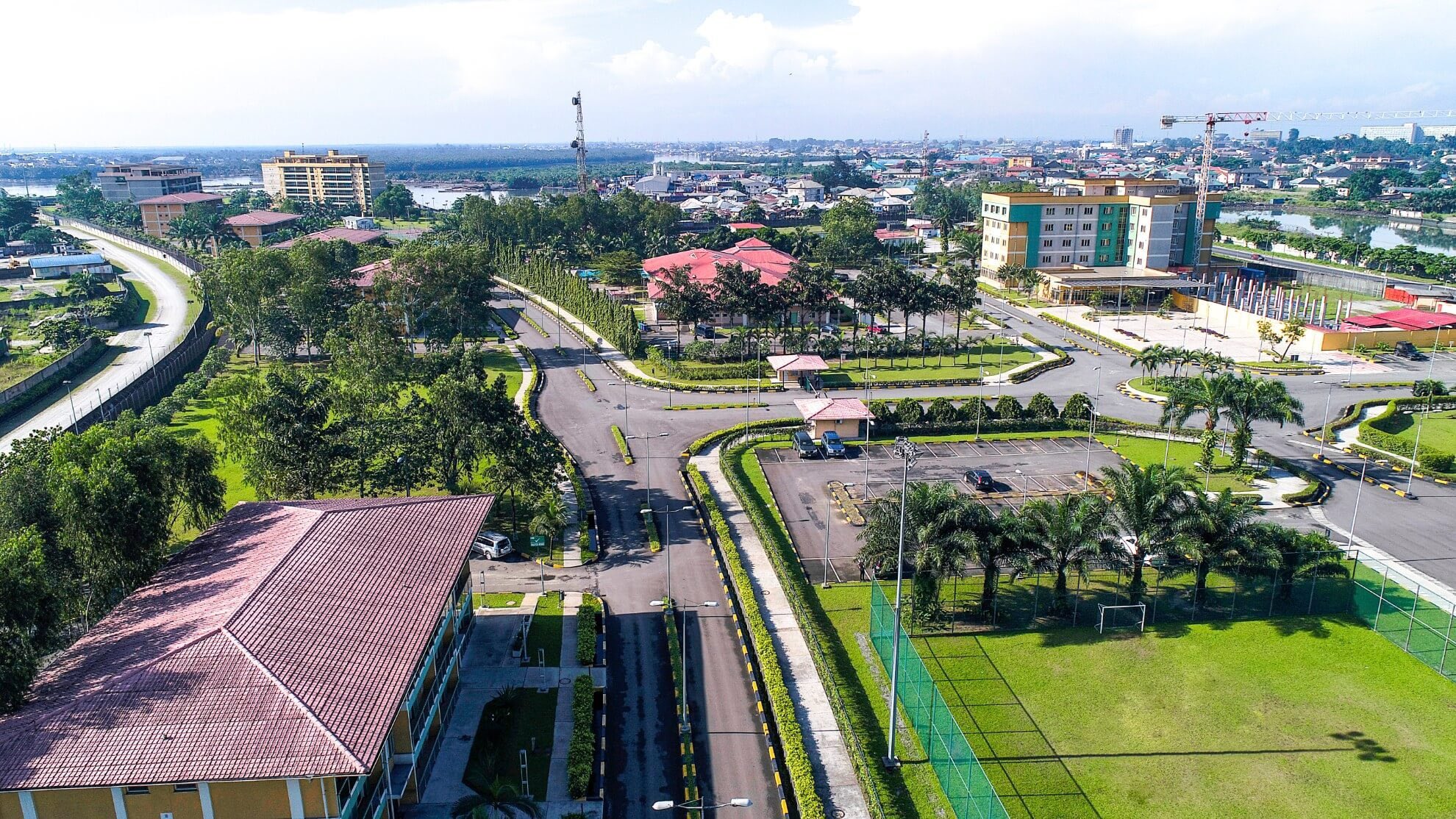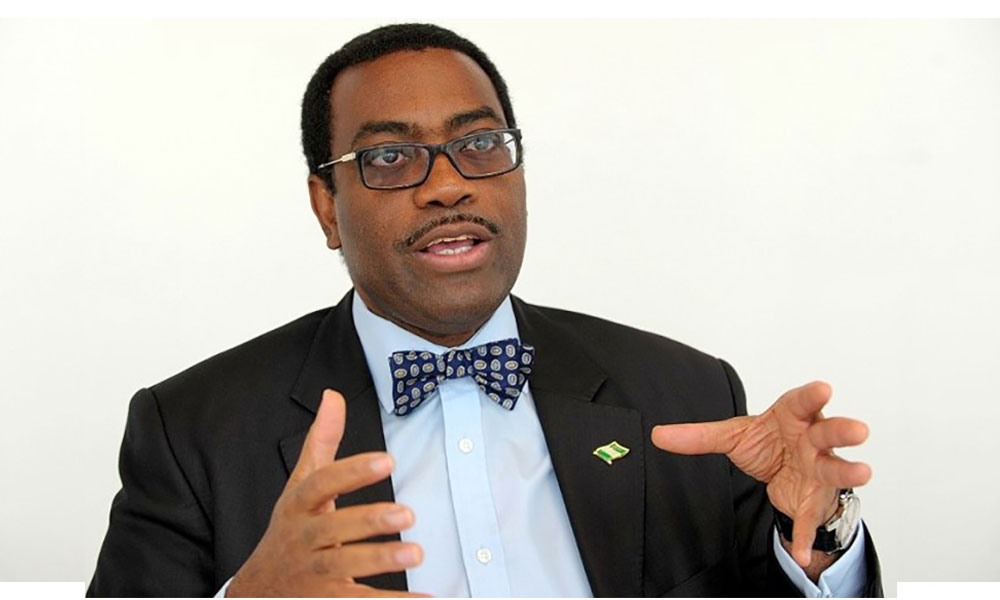The Federal Government has commenced Phase Two of the Siemens Power Project, a flagship initiative under the Presidential Power Initiative (PPI) designed to transform Nigeria’s electricity transmission system and deliver up to 12,000 megawatts of power to the national grid.
The project follows the historic energy agreement signed on December 1, 2023, between Nigeria and Germany, which set the foundation for a long-term partnership aimed at tackling decades of instability in Nigeria’s power sector.
Confirming the latest development, the Media Adviser to the Minister of Power announced that Phase Two had officially begun after financing arrangements with Siemens Energy were concluded. According to him, this stage will deliver seven upgraded power lines and ten new ones spanning 544 kilometres, with a combined capacity of 7,140 megawatts.
Phase Two builds on the gains of the pilot stage, where Siemens Energy delivered 10 power transformers and 10 mobile substations to the Federal Government through the FGN Power Company, the special purpose vehicle for the PPI. These installations boosted Nigeria’s transmission capacity by over 1,300 megawatts.
Installation of the equipment under the pilot phase has already surpassed 80 percent completion, laying the groundwork for the expansion. The transformers and substations were strategically deployed across key locations, including Okene, Amukpe, Potiskum, Apo, Ihovbor, Birnin Kebbi, Ajah, Nike Lake, Kwanar Dangora, Maryland, Omouaran, Ojo, Saapade, University of Ibadan, Federal University of Technology Owerri, and Eleyele in Ibadan.
Government officials explained that these assets were placed in weak points of the grid to reduce the frequency of nationwide power collapses and improve stability. With Phase Two now underway, expectations are high that the country’s transmission system will take a significant step towards handling more reliable electricity supply.
The Presidential Power Initiative remains one of the most ambitious energy projects in Nigeria’s history. By strengthening transmission infrastructure and expanding grid capacity, the project seeks to unlock more power for industries, households, and businesses across the country.










